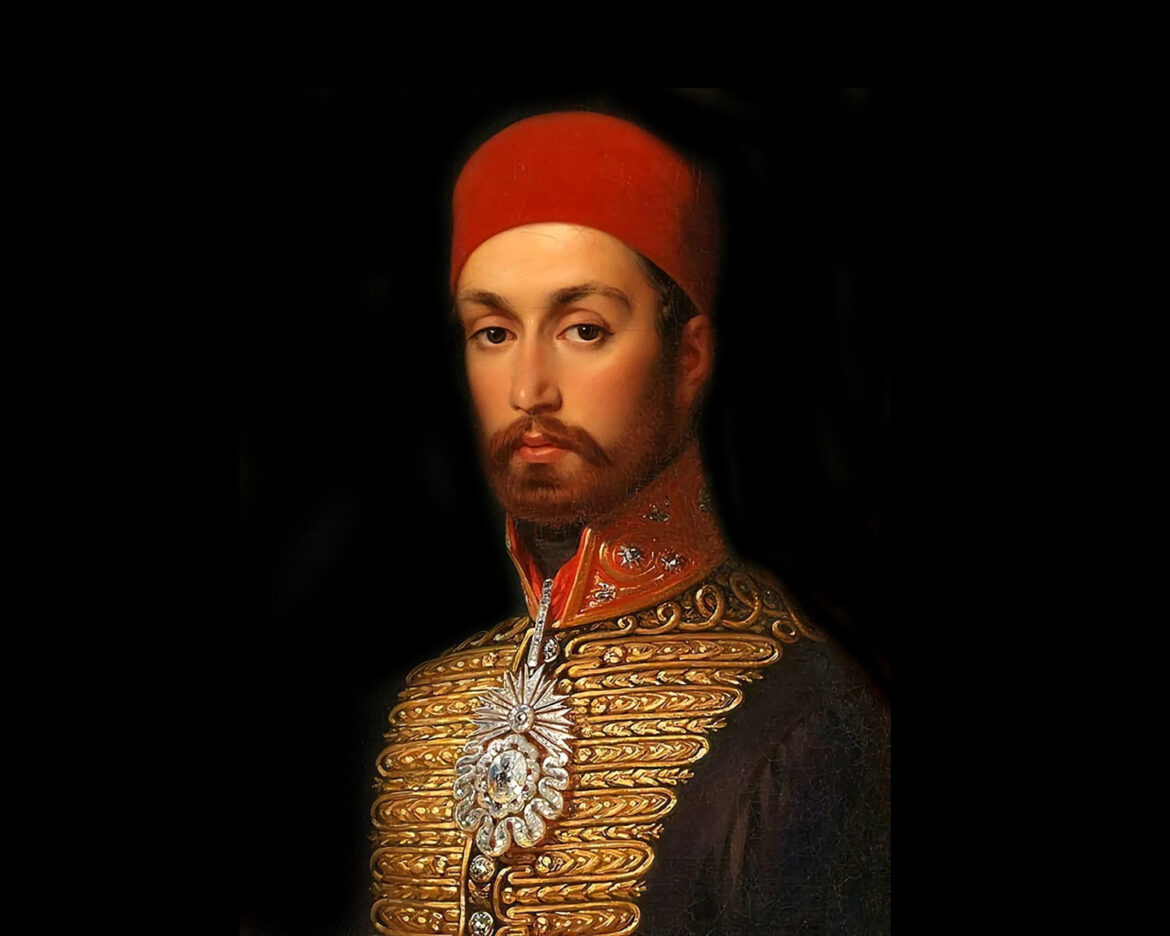In the late 19th century, Sultan Ahmed Abdul Majid, the 31st Sultan of the Ottoman Empire, made a groundbreaking decision to introduce electricity to Masjid an-Nabawi, the Prophet’s Mosque in Medina. This marked a significant modernization of the mosque, which had previously relied on oil lamps for illumination.
Sultan Abdul Majid, who ruled from 1876 to 1909, was known for his forward-thinking approach and commitment to modernizing the Ottoman Empire. Under his reign, the Prophet’s Mosque transitioned from dim oil lamps to bright electric lighting, greatly improving the atmosphere for worship and enhancing the experience for the thousands of pilgrims who visit the mosque each year.
One of the earliest electric bulbs installed by Sultan Abdul Majid is still shining today, more than 120 years later. This enduring light bulb stands as a lasting symbol of his legacy and the significant impact of his modernization efforts.



